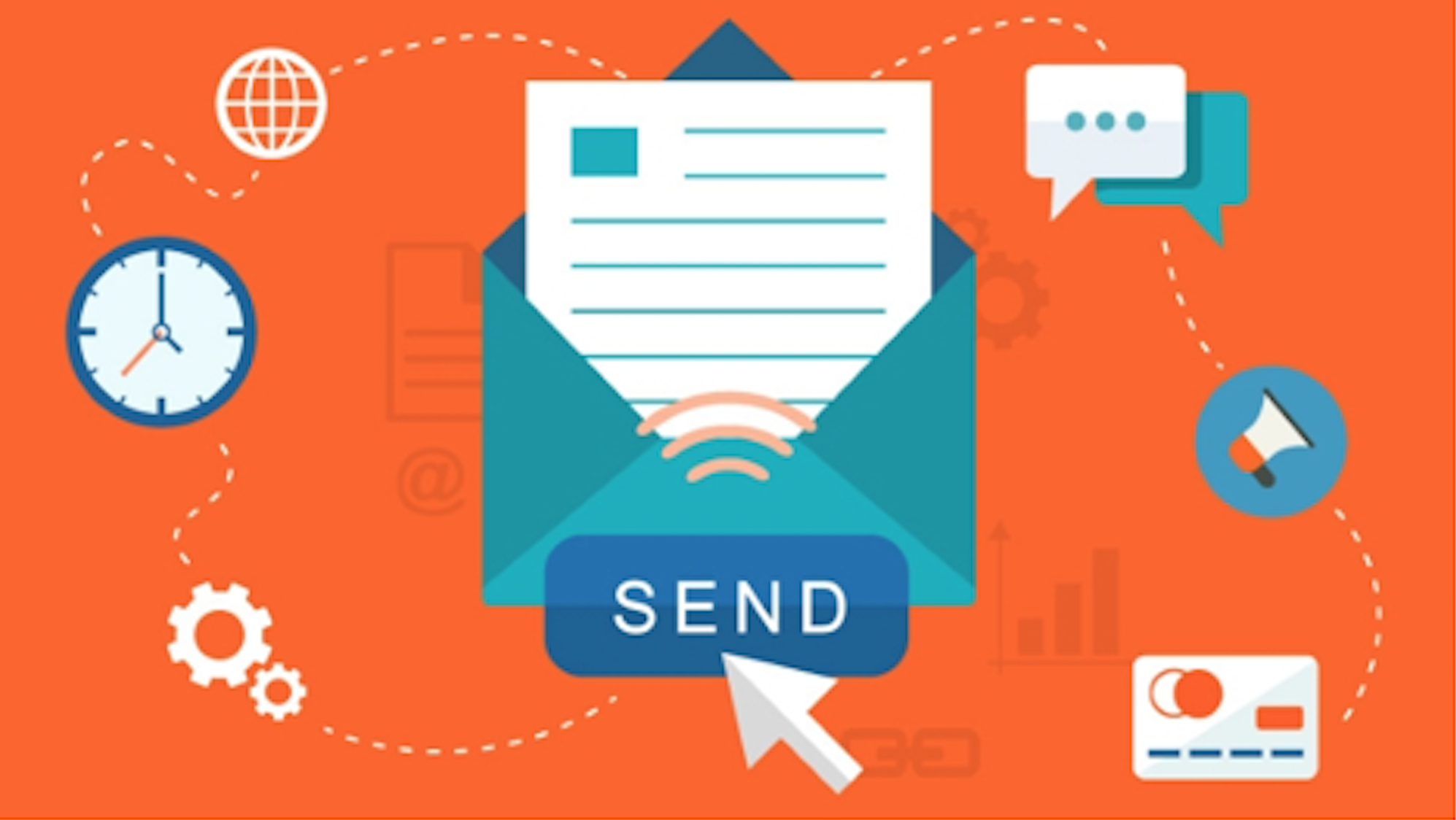How do you design email drip campaigns that will increase lead conversion rates? There are four standard templates that form the basis of most campaigns: introduction emails, educational emails, closing emails, and post-purchase emails. Each is a “drip” in your email campaign, adding its own value, and will contribute to the overall success of your marketing campaigns.
Introduction Emails
An introduction email starts your drip email campaign and is the first step in building a rapport with prospective customers. You want to present a friendly face, give a concise summary of what your company can do for them, and offer access to more information. Remember to include basic contact and company background information. If possible, incorporate formatting similar to what will appear on your landing page and website when your lead clicks through.
The goal of your introduction email is to create a positive first impression that will lead to subsequent in-depth interactions. Avoid info-dense copy by including links to more detailed content on your website. Your language should be friendly, conversational, and not include a heavy sales pitch.
Another important component for introduction emails is establishing an anti-spam image. You do not want your customers to think that you’re going to flood their inbox with aggressive sales pitches! You especially don’t want customers to think that you’re part of a phishing scam. The sender should be a member of your sales team, with a heading, salutation, and signature.
Educational Emails
Educational emails make up the bulk of many drip campaigns. Their purpose is to inform customers about your industry and business. For example, if your primary interest is properties with architectural or design interest, you can provide context on regional architectural history or recent market trends.
In addition to highlighting your expertise, you help prospective clients feel knowledgeable in the space. Purchasing decisions can be intimidating – real estate is just one example. If you can help your lead feel more confident, they’ll feel more comfortable making a purchase.
Each email should offer a brief synopsis or teaser for informational content posted on your website – a downloadable e-book, a blog post, a listings page – and invite readers to click through for more details. To maximize exposure, ensure that any content posted on your website is cross-linked, with organized archives, multiple in-text links, and suggestions for other pertinent reading.
Image Credit: Business2community.com
Closing Emails
Closing emails are the culmination of long, careful work building a rapport with your lead. You’ve established your professionalism and helpful attitude. You’ve helped your prospective client develop an awareness of the value of your product and the strategic advantage of working with your company. They should be primed to buy.
This is where selling comes in – the genius of the drip email campaign is that it allows you to position yourself to make a sale without making your customers feel like they’ve been pushed into interacting with you. Maintain this advantage by keeping it light and non-aggressive.
You can invite them to schedule a chat, or to an on-site event, saving the more in-depth sales pitch for an in-person meeting. Another strategy is to start your closing email with a real-time offer. For example, if you’re running a seasonal promotion or unveiling a new product, email your lead to tell them about the opportunity. Review your past communication to determine if the lead has a pain point that you know you can assist them with right away. Of course, only email a lead if you know your offer is relevant to them.
Post-Purchase Emails
These emails piggyback on the classic transactional format, using a purchase confirmation, a tracking notification, or a request for consumer feedback to remind your client that you appreciate their business.
A “Re-engagement email” is a post-purchase email after some time has elapsed – for example, a wedding planner or jeweler might send an anniversary note to a client. An oft-overlooked variation, the “abandoned shopping cart email,” reminds customers that their purchases are waiting on your website to be taken home.
Treat these emails with as much care as you do the other components of your drip campaign, especially since the recipients are already your customers. They’ll be much more likely to refer friends and family if you stay on their radar.
To create an especially positive impression, combine post-purchase emails with discounts and promotional offers so customers always have an incentive to open and click through. You can also tie special offers to past behavior, ensuring that customers will see you as responsive to their needs.
These four email types are the building blocks of any successful drip email campaign. They can be modified to suit your marketing strategy, life milestones, community events, and consumer data. Experiment with your own email drip strategy, and you’ll increase your conversion rates in no time!
This guest blog post is contributed by Square 1 Group, a web design company specializing in websites and digital marketing strategies for real estate professionals. We pride ourselves on our digital marketing expertise, including experience with drip and other email marketing campaigns.
